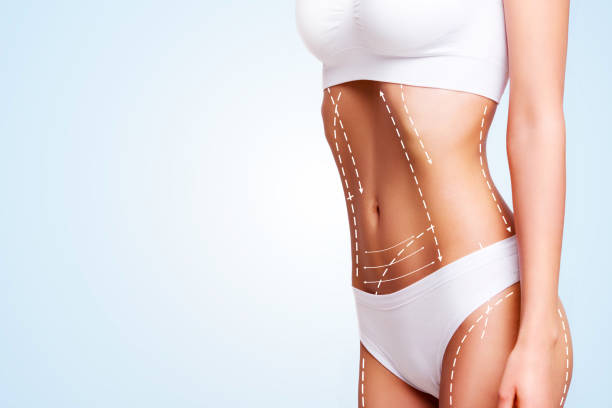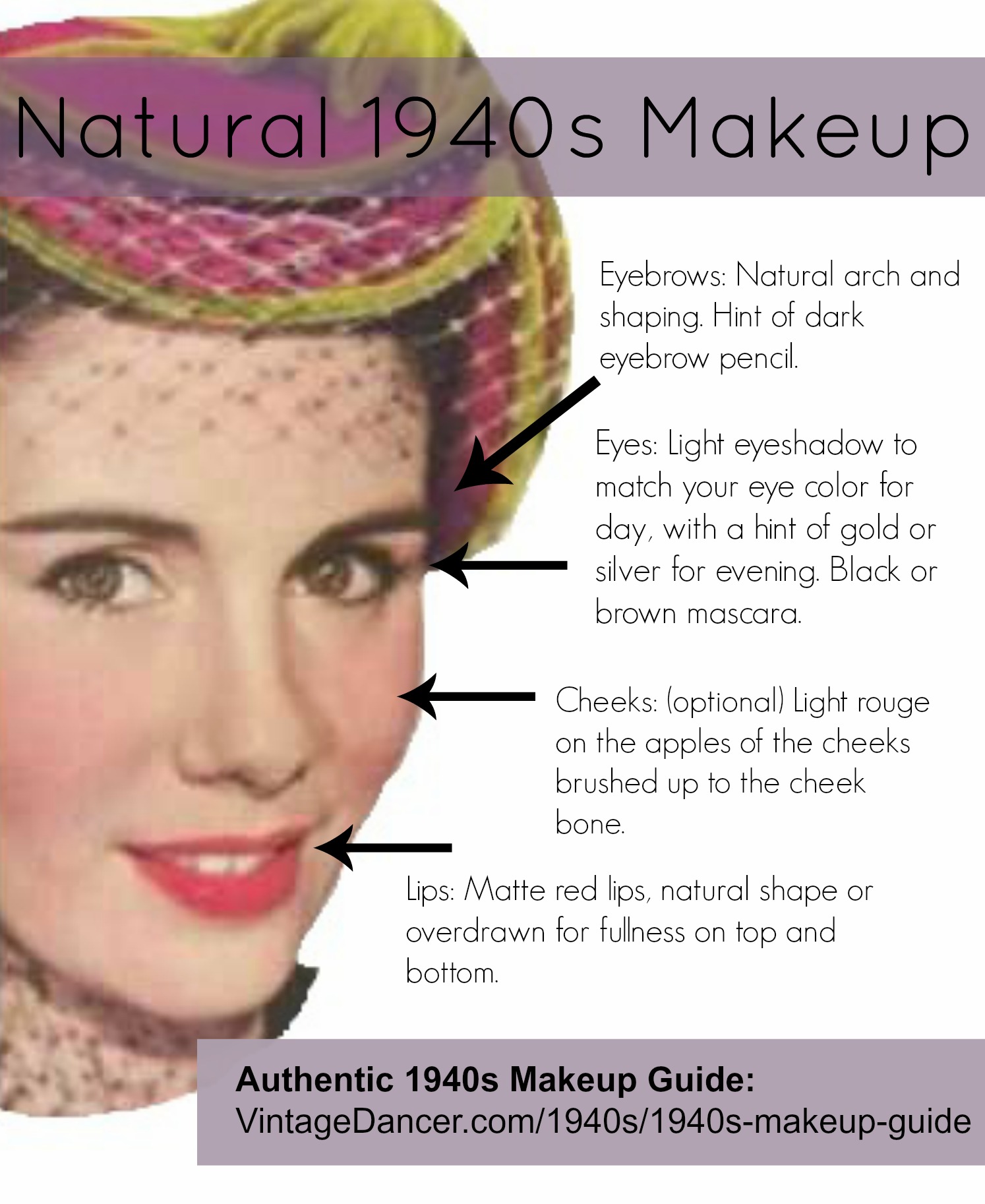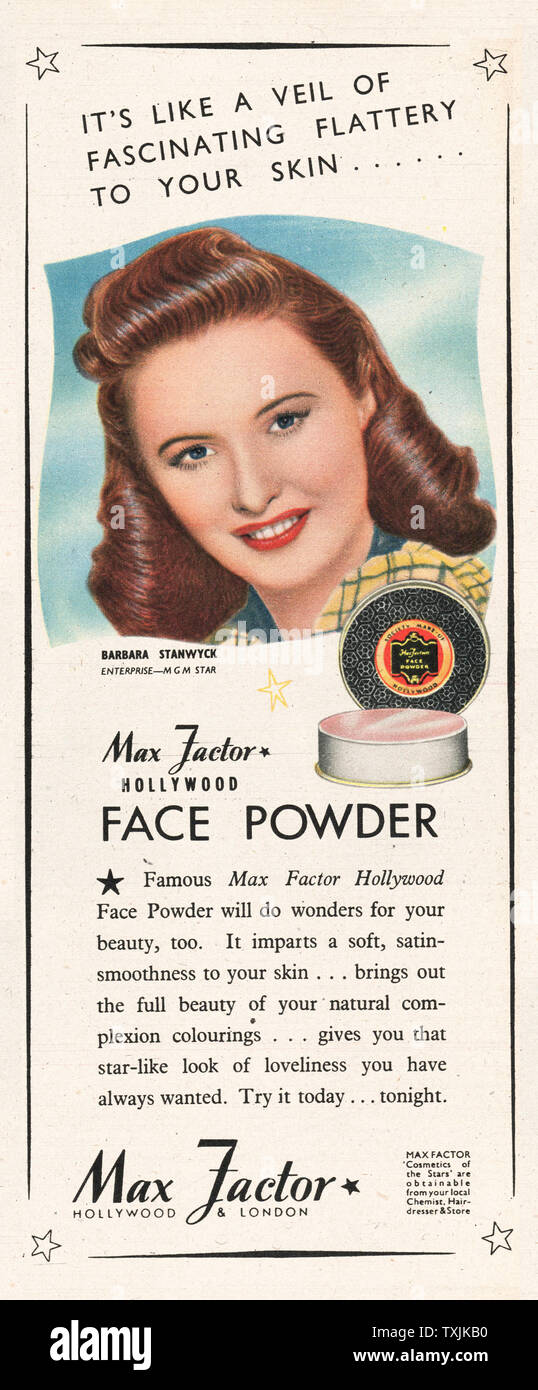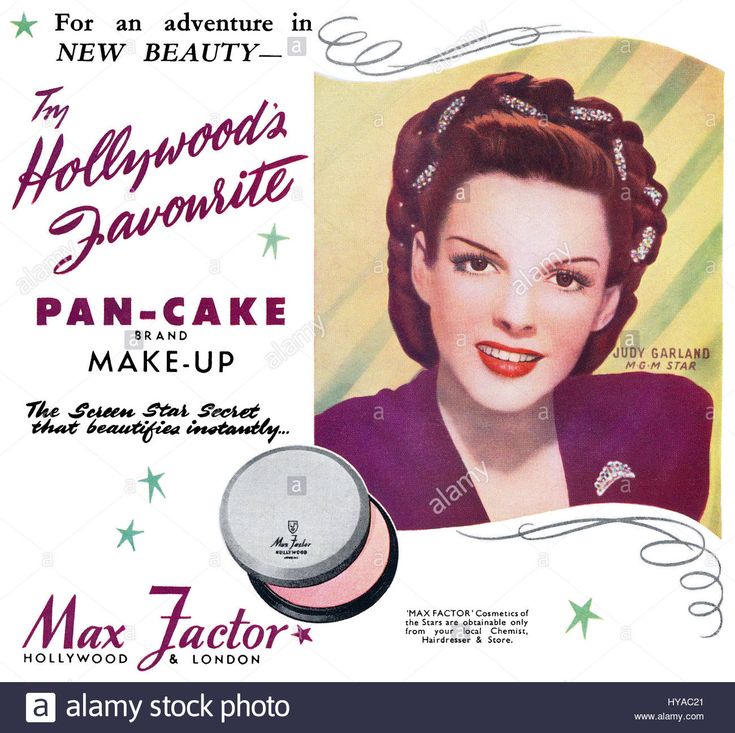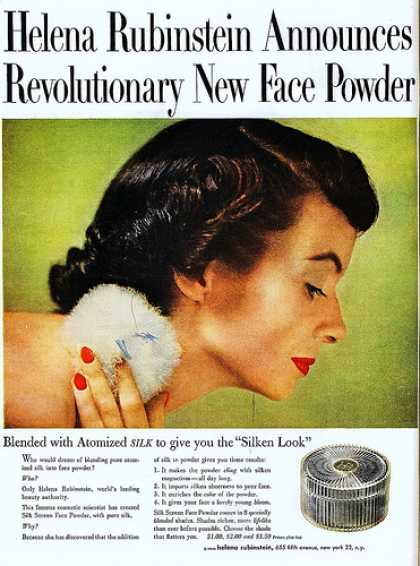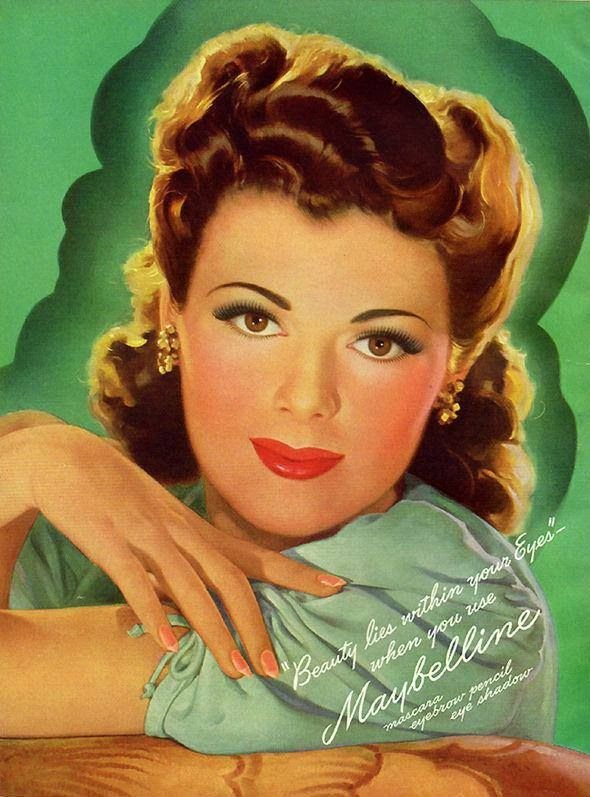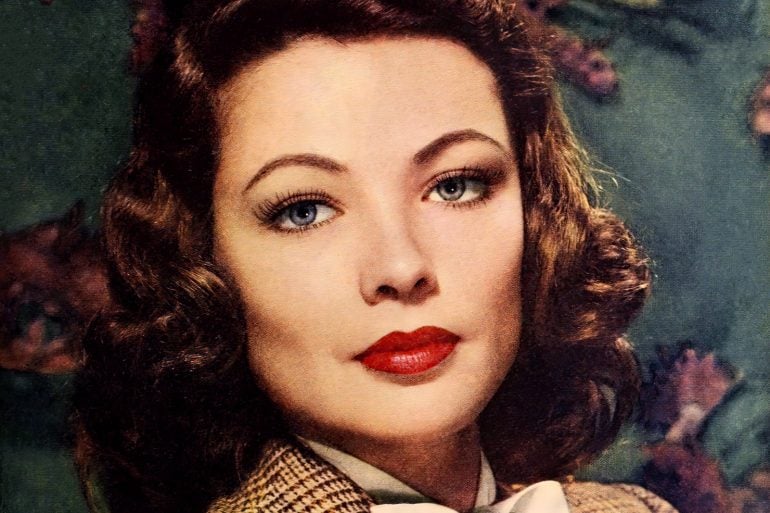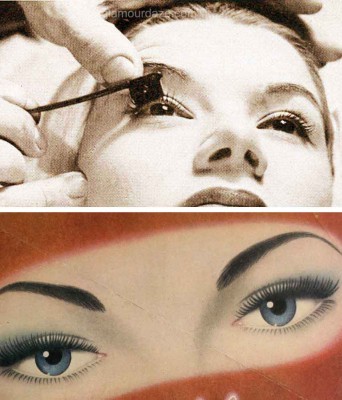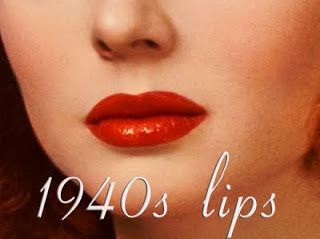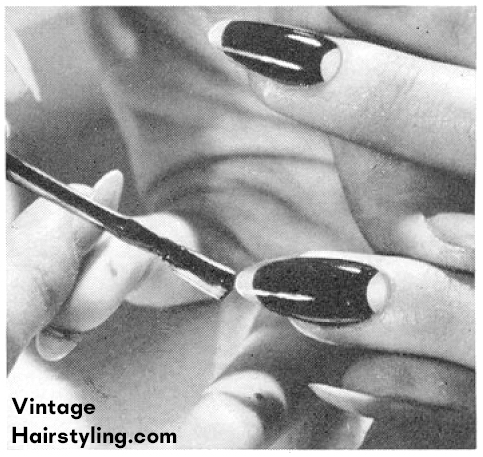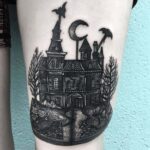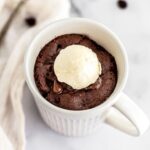If you’re considering liposuction, one of the biggest questions on your mind is probably “how much does liposuction cost?” The answer is not as simple as a single number, as the cost varies widely depending on a variety of factors.
Join us to discover those factors and provide you with everything you need to know about the financial aspect of body contouring.
What is liposuction?
Liposuction is a cosmetic surgery that removes fat from specific areas of the body. It is a popular procedure for people who are looking to improve their body shape and contours. Liposuction is not a weight loss surgery, and it should not be used as a substitute for diet and exercise.
Liposuction is performed under general anesthesia. The surgeon makes small incisions in the skin and inserts a thin tube called a cannula. The cannula is attached to a vacuum pump, which is used to suction out the fat cells.
The amount of fat that can be removed during liposuction depends on the size of the area being treated and the patient’s overall health. In general, no more than 5 liters of fat should be removed in a single procedure.
How much does liposuction typically cost?
According to the American Society of Plastic Surgeons, the average cost of liposuction in the United States is $3,637. However, the cost can range from $1,000 to $20,000 or more.
For example, liposuction of the abdomen typically costs between $2,000 and $5,000. Liposuction of the thighs and hips can cost between $3,000 and $7,000. And liposuction of the arms can cost between $1,000 and $3,000.
In fact, the cost of liposuction does not include the cost of anesthesia, operating room facilities, or other associated fees. These fees can add another $1,000 to $2,000 or more to the total cost of the procedure.
If you are considering liposuction, remember to get quotes from several different surgeons to compare prices. You should also make sure that the surgeon you choose is board-certified and has experience performing liposuction.
The Factors That Affect Liposuction Cost
Type of Liposuction
There are different types of liposuction, such as traditional liposuction, laser-assisted liposuction, and ultrasonic liposuction. Each type has its own advantages and disadvantages, and the price can vary accordingly. Traditional liposuction is usually the cheapest option, while ultrasonic liposuction is typically the most expensive.
Treatment Area
The treatment area is another significant factor in determining the cost of liposuction. Liposuction in larger areas such as the abdomen or thighs is often more expensive than smaller areas like the chin or upper arms. The more extensive the treatment area, the more time and effort it takes, and therefore, the higher the cost.
Surgeon’s Experience and Reputation
The experience and reputation of the surgeon who performs the procedure can also play a role in the cost of liposuction. More experienced surgeons with a good reputation may charge more for their services, but the extra cost can be worth it to ensure a successful and safe procedure.
Geographical Location
Where you live can also affect how much you pay for liposuction. Procedures performed in major cities generally cost more than those in rural areas. Additionally, the cost of living in your area can impact the price of the procedure.
Is liposuction worth it?
The decision of whether or not to pursue liposuction is deeply personal and hinges on your unique circumstances and objectives. Here are essential factors to ponder:
Your Objectives: Understanding your primary goals is paramount. Are you seeking to enhance your body’s contours and shape, or is your aim primarily focused on weight loss? Liposuction is specifically designed for body sculpting and not intended as a weight loss substitute.
Realistic Expectations: Maintaining realistic expectations is crucial. While liposuction effectively removes excess fat, it does not address issues like cellulite or stretch marks. A clear understanding of what liposuction can and cannot achieve is vital.
Risk Considerations: Liposuction is generally safe, but like any surgery, it carries certain risks such as infection, bleeding, and potential scarring. It’s vital to weigh these risks alongside the potential benefits.
Financial Factors: The cost of liposuction, which includes surgical fees, anesthesia, facility expenses, and more, can be substantial. Assessing your financial readiness to cover these expenses is a key consideration.
While liposuction can yield remarkable results when employed judiciously, it should always be pursued with a realistic understanding of its capabilities and potential trade-offs.
Expert Advices
Before deciding to undergo liposuction, take the time to consider your budget carefully. Liposuction is an elective procedure, which means it is not covered by insurance. If you plan to finance your procedure, make sure you understand the terms and interest rates of the loan before signing any agreements.
Also, remember that price should not be the only factor when choosing a surgeon. Look for a board-certified plastic surgeon with experience in liposuction and a good reputation. Schedule a consultation to discuss your goals and expectations and ask any questions about the procedure and the cost.
Finally, if you cannot afford liposuction, know that there are alternative non-surgical options available, such as CoolSculpting or Kybella. While these options may not provide the same dramatic results as liposuction, they can still help you achieve a more contoured appearance.
FAQs
- Will insurance cover the cost of liposuction? No, liposuction is considered an elective cosmetic procedure and is not covered by insurance.
- Can I finance my liposuction procedure? Yes, many plastic surgery centers offer financing options through third-party lenders. Just be sure to read the fine print and understand the interest rates and fees associated with the loan.
- How long does liposuction last? The results of liposuction are generally long-lasting, but it’s important to maintain a healthy lifestyle to prevent new fat deposits from forming.
- Are there any risks associated with liposuction? As with any surgical procedure, there are risks involved with liposuction. These can include bleeding, infection, and complications from anesthesia.
Is liposuction painful? Liposuction is performed under anesthesia, so you should not feel any pain during the procedure. However, you may experience some discomfort, swelling, and bruising after the surgery. - How long does it take to recover from liposuction? The recovery time can vary depending on the extent of the procedure and the individual’s overall health. Typically, patients can return to work and normal activities within a week or two, but they may need to avoid strenuous exercise for several weeks.
Final Takeaway
When considering liposuction, compare prices among different surgeons and clinics, but also consider the surgeon’s experience and reputation. Financing options may be available, but make sure you understand the terms and interest rates of any loans before signing any agreements.
Ultimately, the cost of liposuction should not be the only factor in your decision. Choose a board-certified plastic surgeon with experience in liposuction and discuss your goals and expectations during a consultation. With careful consideration and planning, you can achieve a more confident, contoured look.

